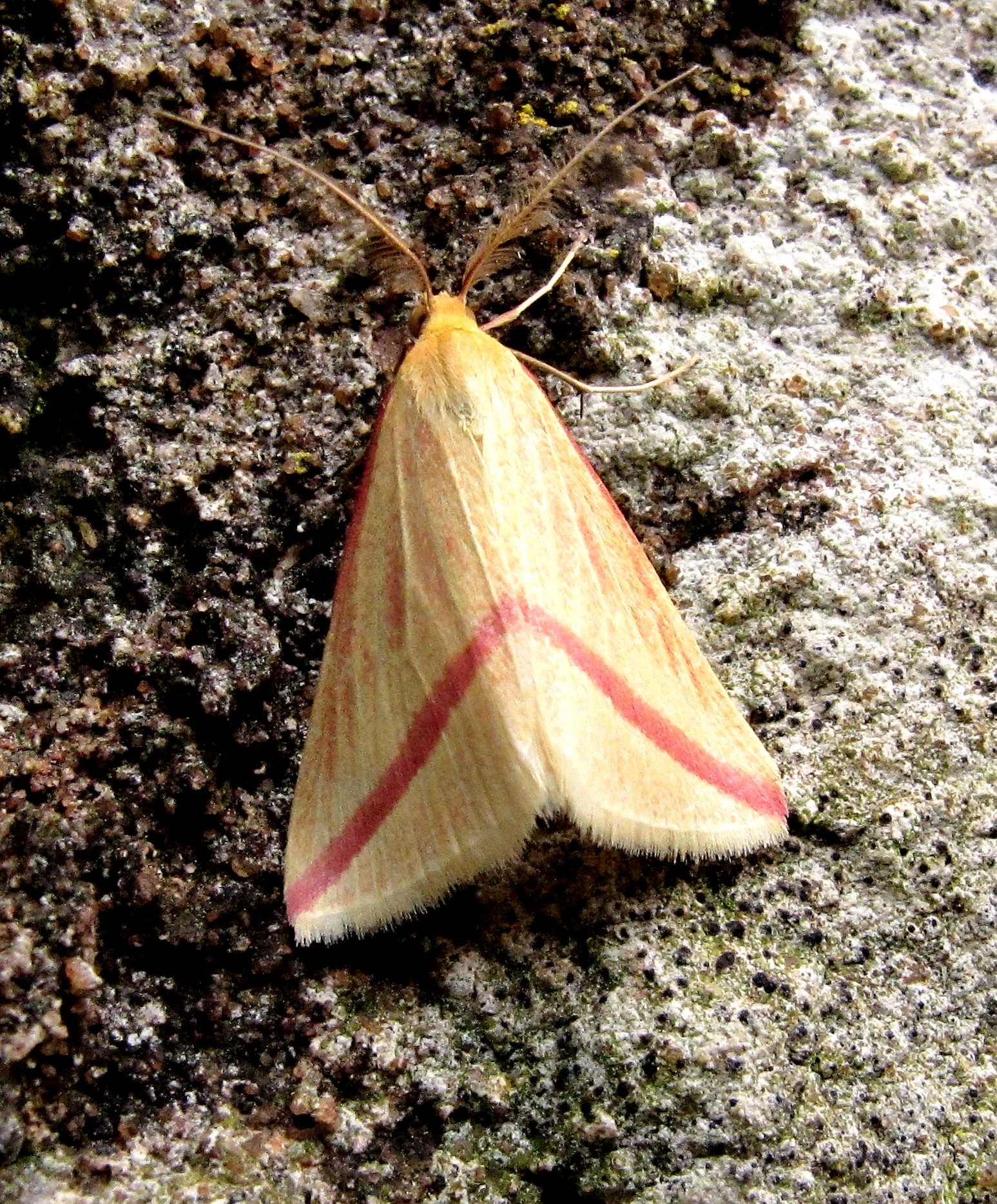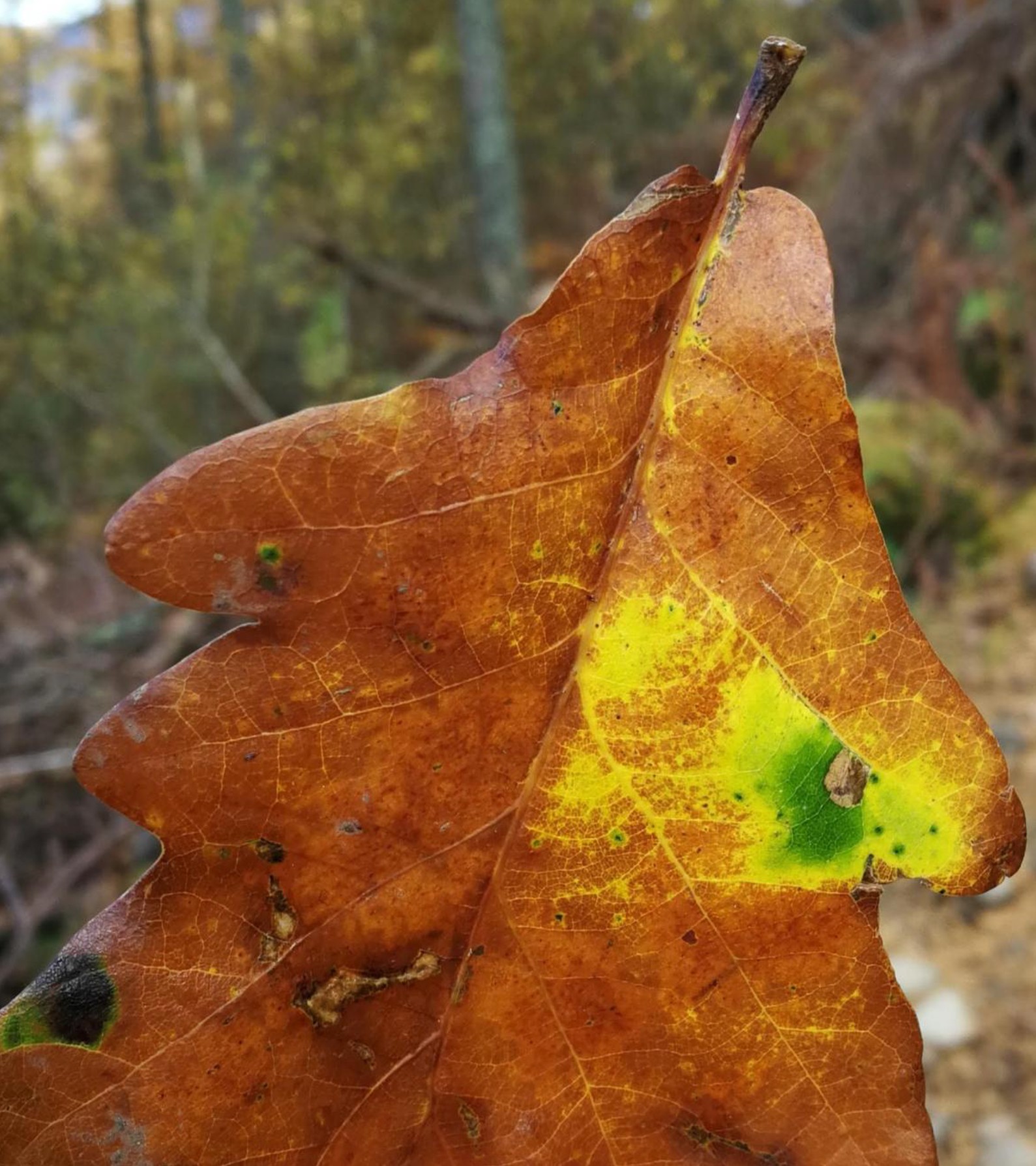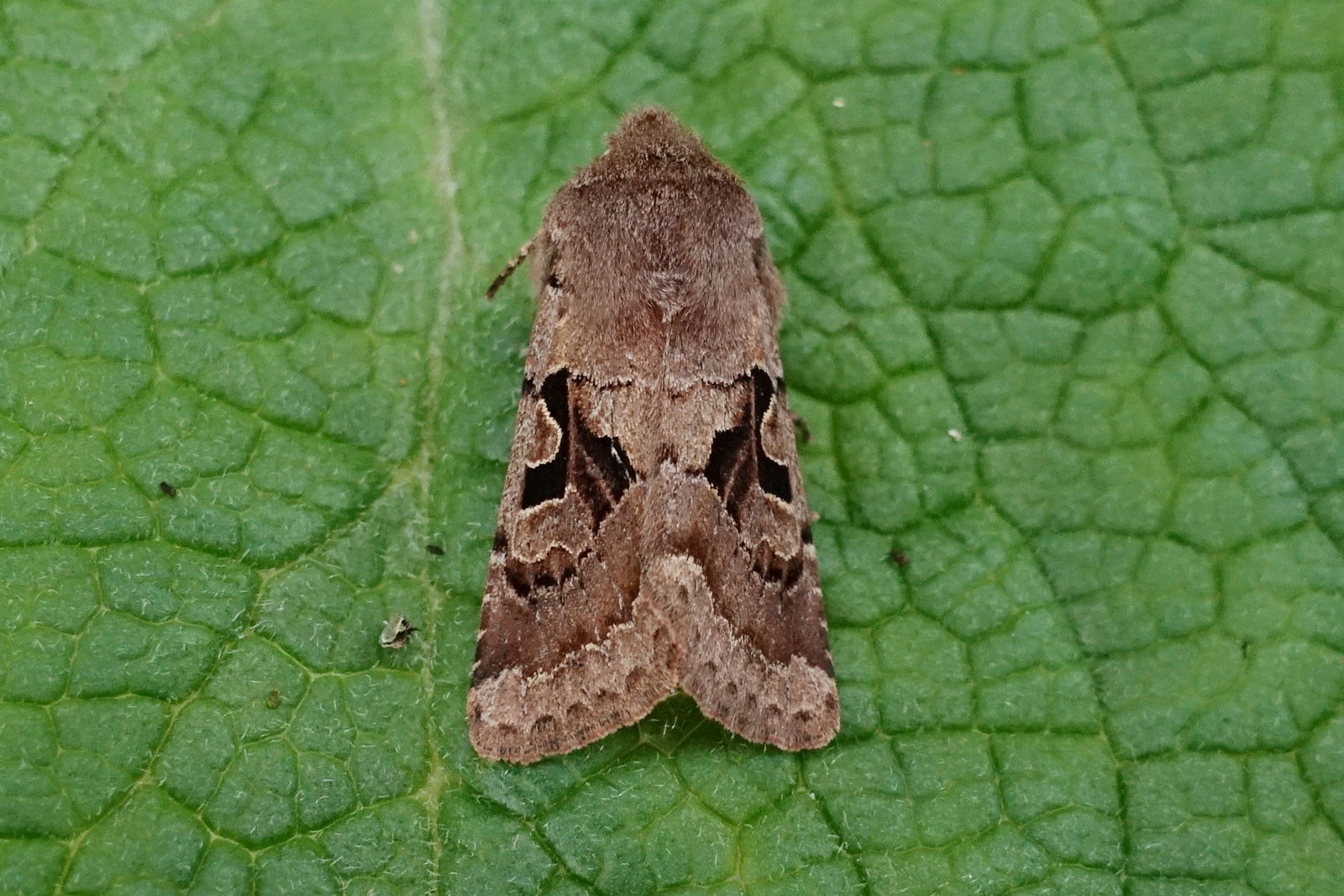This is a beautiful moth in its own right but is here representing the autumn migration which has possibly just peaked! From the various postings and comments on the web recently this must be an exceptional year for migrants with many species from the continent pouring into the light traps along the south coast of England and further inland. However, despite the astronomical numbers that must be sweeping in on the southerly or south-easterly winds most of these moths are hard pushed to reach Scotland.
The most abundant and obvious one that does is the Silver Y (2,500 records in D&G since our records began!) which is found May to November and is often seen flying by day. The huge Convolvulus Hawk-moth is another which often makes the news (66 records) hovering in front of flowers at night at this time of year feeding on nectar through its very long tongue. At the other end of the size spectrum there are even migratory micro-moths such as the Rusty-dot Pearl which has about 300 records in D&G and has been found just about everywhere!
The Vestal is also a migrant but as a geometrid moth it is a poor flyer and is carried on the air currents. As its name suggests it is called after the Roman goddess Vesta – goddess of the hearth and home. It is a beautiful and delicate moth easily identified by the pale wings marked with a single inverted ‘V’ and held at rest at a steep angle. The shape and pattern is constant but the colour of the wings varies from bright lemon yellow (where the caterpillars have developed at high temperatures), through white to pale brown (in those from much lower temperatures). The stripe is normally vivid pink but can vary in colour through to black. As with many moths in this family the males have feathery antennae but in this case ‘bi-pectinate’ i.e. with the much shorter branches on the quarter nearest the tip.
There have been about 70 records from D&G (records are still coming in for this year!) ranging from June to the end of October but most about now. However, the numbers arriving here vary dramatically from year to year. This is a common moth of waste places, breeding abundantly in southern Europe and North Africa with the surplus population being carried on the wind to the north. Those that reach us early in the year do breed and the caterpillars feed rapidly on knotweed . These are classic ‘stick’ caterpillars, about 18-20 mm long when mature, which are of various shades of green or ochreous dorsally, whitish underneath and with dark brown markings. These larvae do pupate and hatch out in the UK and the example shown may be one of these. However, our winters are too severe for them and none seem to survive until the next year.
This has been a great year for migrants and there are still plenty around. There is still time to spot a few before the winter sets in.




